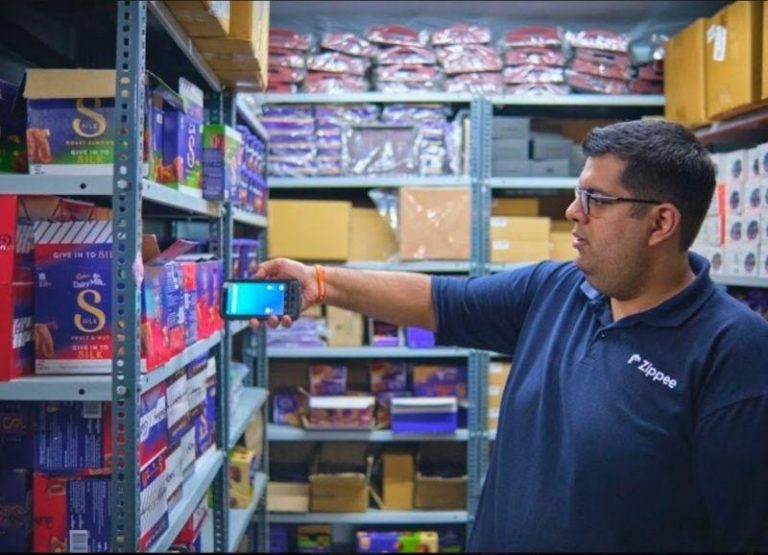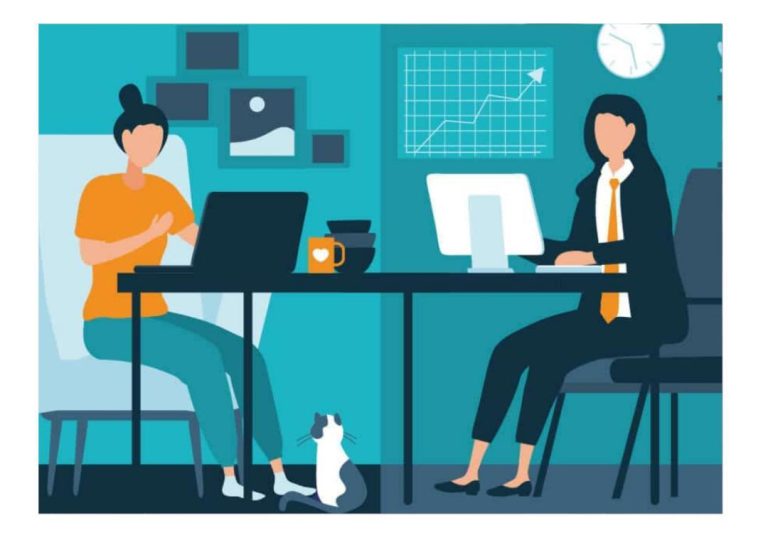
Is your team ready for tools they haven’t used yet?
In today’s fast-paced workplace, the pace of technological change is accelerating at an unprecedented rate. New tools, software, and platforms are emerging every day, and it’s becoming increasingly important for employees to stay up-to-date and adaptable. However, many teams struggle to keep pace with this rapid evolution, leaving them vulnerable to stagnation and irrelevance.
Upskilling isn’t just about training on new software; it’s about building digital confidence. It’s about equipping employees with the skills and knowledge they need to stay ahead of the curve, and to continuously learn and adapt. Future-ready companies embed continuous learning into their workflow, ensuring that employees stay agile and relevant.
Learning at work is no longer optional; it’s a performance advantage. In today’s competitive landscape, organizations that prioritize employee upskilling and digital confidence are more likely to attract and retain top talent, drive innovation, and ultimately, achieve success.
So, what does it mean to be “future-ready”? It means embracing a culture of continuous learning, where employees are encouraged to explore new tools, technologies, and methodologies. It means investing in training and development programs that cater to individual needs and interests, and providing opportunities for employees to learn from each other and share knowledge.
At GrowthJockey, we believe that the future of work is all about embracing disruption and uncertainty. It’s about being open to new ideas, new technologies, and new ways of working. And it’s about recognizing that the pace of change is accelerating, and that employees need to be equipped to adapt accordingly.
In our recent blog post, “The Tech-Forward Future Landscape: A Guide to Modernizing Your Workplace,” we explored the key trends and innovations that are shaping the modern workplace. From artificial intelligence and machine learning to cloud computing and cybersecurity, we looked at the technologies that are transforming the way we work, and the skills that employees need to stay ahead of the curve.
But upskilling isn’t just about training on new technologies; it’s also about building digital confidence. It’s about empowering employees to take ownership of their learning and development, and to recognize the value of continuous learning in their own careers.
So, how can you build digital confidence within your team? Here are a few strategies to consider:
- Encourage experimentation: Encourage employees to try new tools, technologies, and methodologies, and provide a safe and supportive environment for them to experiment and learn.
- Provide training and development opportunities: Offer training and development programs that cater to individual needs and interests, and provide opportunities for employees to learn from each other and share knowledge.
- Foster a culture of continuous learning: Encourage a culture of continuous learning, where employees are encouraged to explore new ideas, new technologies, and new ways of working.
- Recognize and reward digital confidence: Recognize and reward employees who demonstrate digital confidence, and provide incentives for them to continue learning and growing.
By building digital confidence within your team, you can create a culture of continuous learning and improvement, where employees are empowered to take ownership of their own learning and development. You can also create a competitive advantage, where your organization is better equipped to adapt to changing market conditions, and to stay ahead of the competition.
In conclusion, upskilling isn’t just about training on new software; it’s about building digital confidence. It’s about empowering employees to take ownership of their learning and development, and to recognize the value of continuous learning in their own careers. By embracing a culture of continuous learning, and by providing opportunities for employees to learn and grow, you can create a future-ready team that is equipped to adapt to changing market conditions, and to stay ahead of the competition.
Source: https://www.growthjockey.com/blogs/tech-forward-future-landscape-modern-workplace






